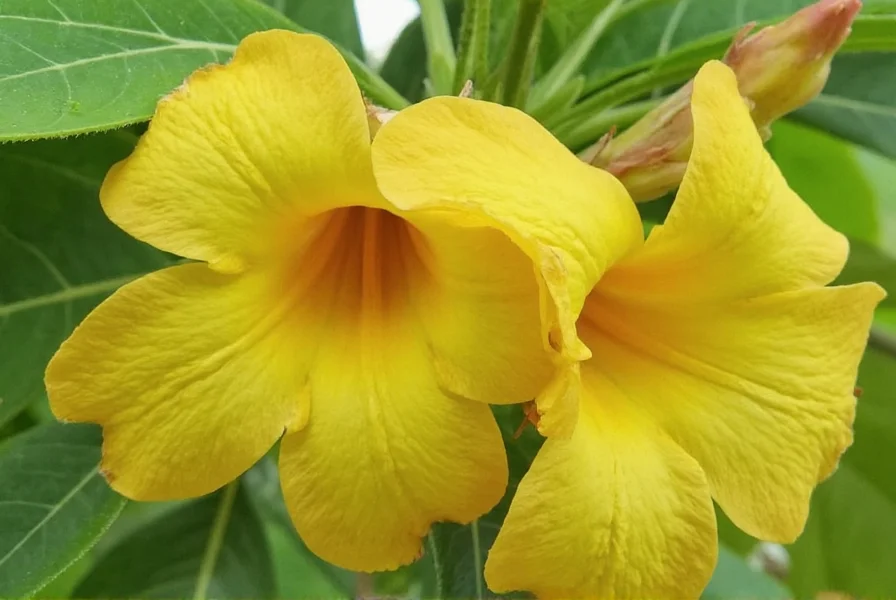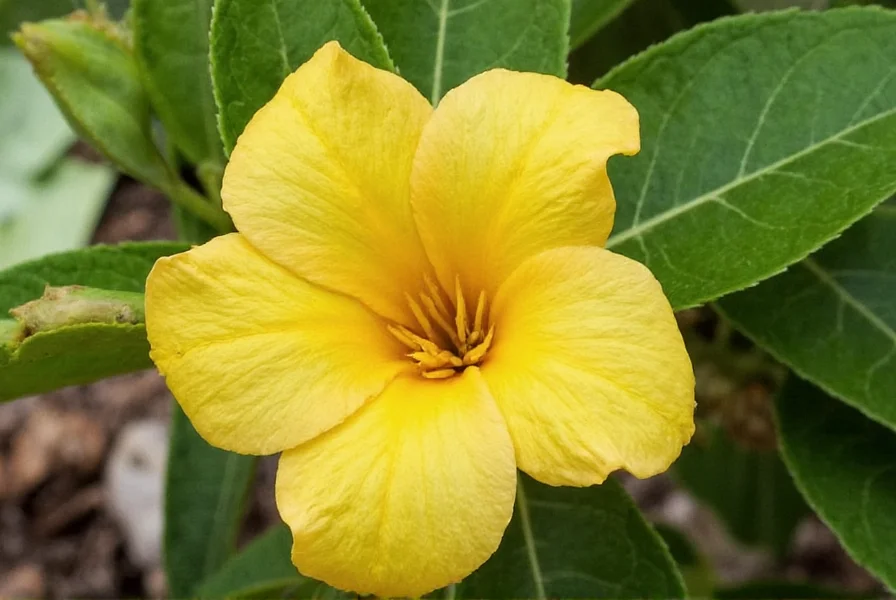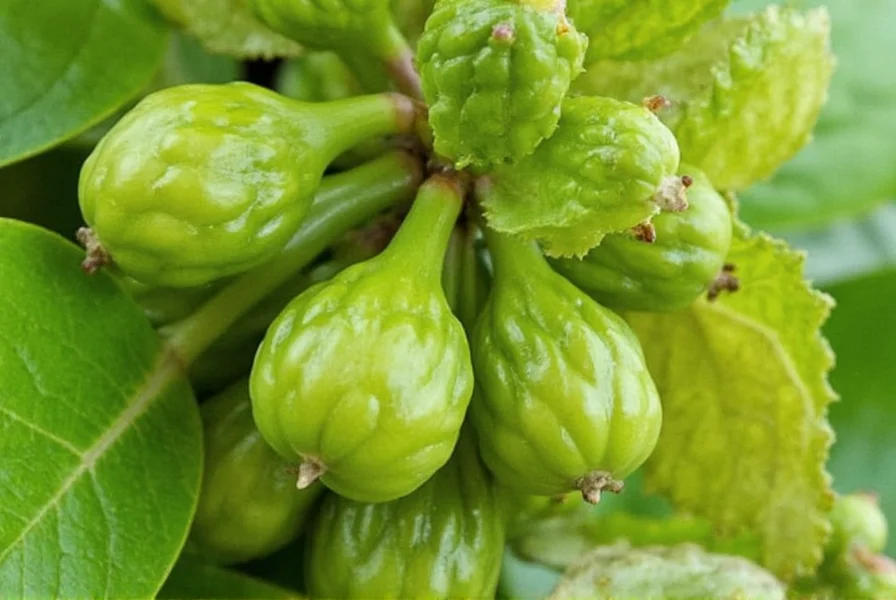Ginger Havana stands out among ginger varieties for gardeners and culinary enthusiasts seeking reliable production with exceptional flavor characteristics. This cultivar has gained popularity for its vigorous growth habit and adaptability to various growing environments when proper conditions are maintained.
Characteristics of Ginger Havana
Ginger Havana rhizomes feature smooth, pale yellow skin with a plump, segmented structure. The interior flesh ranges from pale yellow to light orange, offering a complex flavor profile that balances traditional ginger heat with subtle citrus undertones and mild sweetness. Compared to other varieties, Ginger Havana typically produces larger rhizome clusters with higher moisture content, making it particularly valuable for both fresh culinary applications and processing.

Growing Requirements and Conditions
Successful cultivation of Ginger Havana requires attention to specific environmental factors. This variety performs best in USDA hardiness zones 8-11, though it can be grown as an annual in cooler climates with proper protection. The ideal temperature range for Ginger Havana is between 75-85°F (24-29°C), with high humidity levels mimicking its native tropical environment.
Soil composition significantly impacts Ginger Havana's development. The variety thrives in loamy, well-draining soil with a pH between 5.5 and 6.5. Amending soil with organic matter before planting improves both drainage and nutrient availability. Unlike some ginger varieties that tolerate heavier soils, Ginger Havana requires excellent drainage to prevent rhizome rot while maintaining consistent moisture levels.
| Growing Factor | Ginger Havana Requirements | Comparison to Standard Ginger |
|---|---|---|
| Sun Exposure | Partial shade (2-5 hours direct sun) | More shade-tolerant than most varieties |
| Soil pH | 5.5-6.5 | Slightly more acidic preference |
| Water Needs | Consistent moisture, never waterlogged | Higher water requirements during growth phase |
| Maturity Time | 8-10 months | Similar to most culinary ginger varieties |
Planting and Care Guidelines
For optimal results when growing Ginger Havana, plant rhizome sections with at least one visible bud eye 2-4 inches deep in prepared soil. The ideal planting time is spring after the last frost when soil temperatures reach at least 70°F (21°C). Space plants 12-15 inches apart in rows 24-30 inches apart to allow adequate room for rhizome development.
Mulching with organic material helps maintain consistent soil moisture and temperature while suppressing weeds. Regular applications of balanced organic fertilizer every 4-6 weeks during the growing season support vigorous growth. Unlike some ginger varieties that require minimal intervention, Ginger Havana benefits from consistent care throughout its growth cycle to achieve maximum yield potential.
Harvesting and Storage Techniques
Ginger Havana reaches maturity approximately 8-10 months after planting, when the foliage begins to yellow and die back naturally. For the highest quality harvest, wait until at least 80% of the foliage has died before carefully digging up the rhizomes. Gently remove excess soil without washing, then cure the harvested rhizomes in a shaded, well-ventilated area for 3-5 days.
Proper storage extends Ginger Havana's shelf life significantly. Store cured rhizomes in a cool, dark place with high humidity (70-80%) for short-term storage (2-3 weeks). For longer preservation, refrigerate in a perforated plastic bag with slightly damp paper towels. Freezing whole or grated Ginger Havana preserves flavor for up to 6 months, making it ideal for year-round culinary use.

Culinary Applications and Flavor Profile
The distinctive flavor profile of Ginger Havana makes it particularly versatile in culinary applications. Its balanced heat level (medium on the ginger heat scale) with pronounced citrus notes works exceptionally well in both sweet and savory preparations. Chefs favor this variety for raw applications like salads, ceviche, and fresh juices where its smooth texture and complex flavor shine.
When cooked, Ginger Havana maintains its flavor integrity better than many other varieties, making it ideal for preserves, baked goods, and simmered dishes. The variety's higher moisture content contributes to excellent extraction when making ginger syrup, tea, or infused oils. For those exploring ginger havana flavor combinations, pairings with citrus fruits, coconut, honey, and mild spices like cardamom showcase its unique characteristics.
Common Challenges in Ginger Havana Cultivation
Gardeners growing Ginger Havana may encounter several specific challenges. Rhizome rot from overwatering represents the most significant threat, particularly in heavy soils or during extended rainy periods. Implementing raised beds and careful moisture monitoring helps prevent this issue. Root knot nematodes can also affect Ginger Havana, though the variety shows moderate resistance compared to other ginger cultivars.
Pest management for Ginger Havana differs slightly from standard ginger varieties. The plant's vigorous growth habit makes it somewhat more resistant to common pests like aphids, but requires more frequent monitoring for spider mites in dry conditions. Organic neem oil applications provide effective control when needed without compromising the plant's culinary safety.
Comparing Ginger Havana to Other Varieties
When evaluating ginger havana vs other ginger varieties, several distinctive characteristics emerge. Compared to the common grocery store ginger (often Chinese white ginger), Ginger Havana offers superior flavor complexity with less fibrous texture. Against Jamaican ginger, known for its intense heat, Ginger Havana provides a more balanced profile suitable for broader culinary applications.
For commercial growers, Ginger Havana's higher yield potential (typically 20-30% greater than standard varieties) makes it economically attractive despite slightly more demanding growing requirements. Home gardeners appreciate its reliable performance and versatility in the kitchen, particularly for those seeking ginger havana growing tips that maximize both quantity and quality of harvest.
Frequently Asked Questions
What makes Ginger Havana different from regular ginger?
Ginger Havana differs from standard grocery store ginger with its smoother texture, higher moisture content, and more complex flavor profile featuring citrus notes alongside traditional ginger heat. It typically produces larger rhizome clusters with higher yield potential and demonstrates better adaptability to partial shade conditions compared to many common ginger varieties.
Can Ginger Havana be grown indoors successfully?
Yes, Ginger Havana can be successfully grown indoors in containers with proper conditions. Use a 12-16 inch deep pot with excellent drainage, place in bright indirect light (east or west-facing window), and maintain consistent moisture without waterlogging. Indoor growers should expect slightly smaller yields than outdoor cultivation but can still produce quality rhizomes with 8-10 months of proper care.
How long does it take to grow Ginger Havana to harvest?
Ginger Havana typically requires 8-10 months from planting to full maturity when grown under optimal conditions. You'll know it's ready for harvest when approximately 80% of the foliage has naturally yellowed and died back. Some growers take "baby ginger" harvests at 4-6 months for more tender rhizomes with milder flavor, though this reduces the final yield potential.
What are the ideal soil conditions for growing Ginger Havana?
Ginger Havana thrives in loamy, well-draining soil with a pH between 5.5 and 6.5. The soil should be rich in organic matter but never waterlogged, as this variety is particularly susceptible to rhizome rot in heavy or compacted soils. Amending with compost or well-rotted manure before planting improves both drainage and nutrient availability, which is crucial for maximizing ginger havana yield potential.
Does Ginger Havana have medicinal properties different from other ginger varieties?
While Ginger Havana contains the same primary bioactive compounds (gingerols and shogaols) as other ginger varieties, its higher moisture content and specific flavor profile suggest potentially different concentrations of these compounds. Preliminary studies indicate similar anti-inflammatory and digestive benefits, but no significant medicinal differences have been scientifically established between Ginger Havana and other Zingiber officinale cultivars for standard ginger havana health applications.











 浙公网安备
33010002000092号
浙公网安备
33010002000092号 浙B2-20120091-4
浙B2-20120091-4